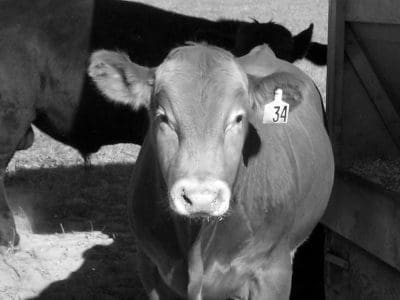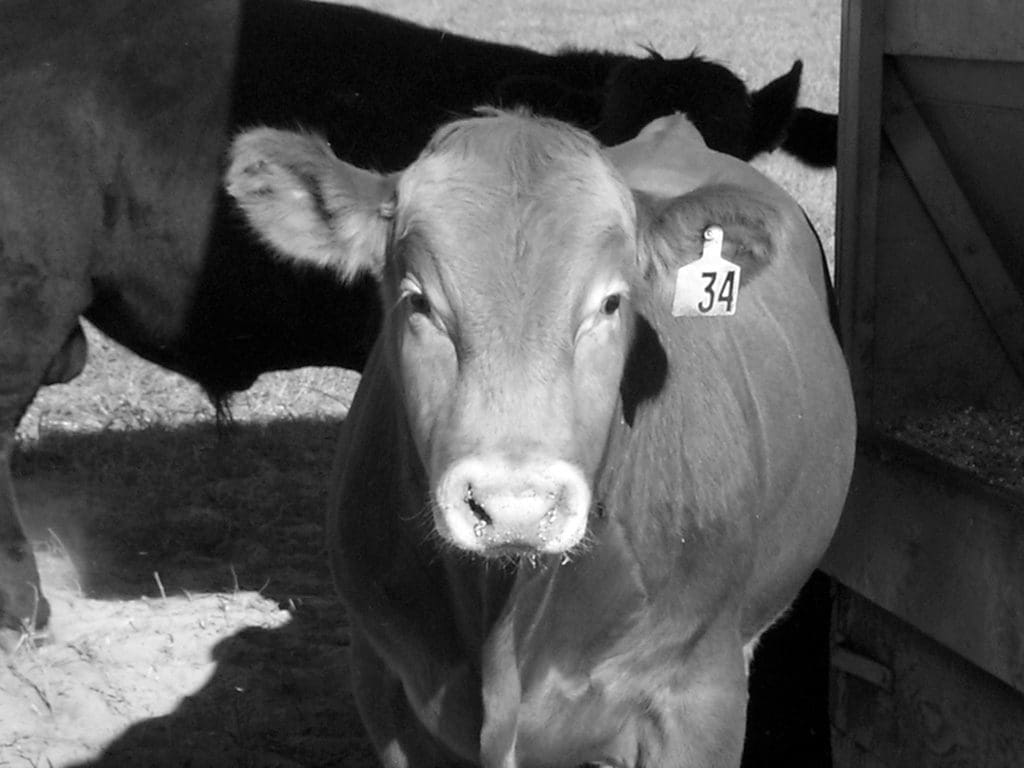By Chris McClure
We are surrounded by marketing. The technology that makes our lives easier adds layer upon layer of complexity that’s limited only by the application. It’s the current venue of choice for the marketing messages that bombard us constantly.
As a passenger (don’t look at your phone while driving) I was passing by the Bryan-College Station Metroplex the other day on Highway 6 and perusing Facebook when there in front of me was an advertisement for a brand new hotel soon to open in Bryan. Facebook, one of the most sophisticated social-media-based marketing companies in the world, knew not only that I was in the Bryan-College Station area, but that I frequently need a hotel or motel room.
 Have you ever searched online for something – maybe with the intent to purchase or merely to gain information – and shortly thereafter received an e-mail or saw a social media advertisement for the very item you have viewed? What you do online is tracked, your buying and shopping habits are logged and a virtual profile of you constantly accretes data in the electronic sphere of the Internet.
Have you ever searched online for something – maybe with the intent to purchase or merely to gain information – and shortly thereafter received an e-mail or saw a social media advertisement for the very item you have viewed? What you do online is tracked, your buying and shopping habits are logged and a virtual profile of you constantly accretes data in the electronic sphere of the Internet.
Why? Because someone wants to extract some of your hard-earned cash from your pocket.
The cattle industry hasn’t yet come to grips with the reality of our world’ connectivity. We’re connected not only to our machines, but to a virtual reality that parallels the physical. It’s a world where there are no secrets from those who understand and are willing to exploit it.
There have been a few feeble attempts to enter into this electronic-based world by a handful of cattlemen. Take a look at Craig’s List or a Facebook Ranch-Swap page and you will see the leading edge of exploitation of the apparent disposition of the American public to live in an alternate reality. You can buy replacement heifers and bulls, roping calves, or even stocker cattle via these social-media-based methods. The numbers are small, but the profits are proportionately larger.
A few companies have reached into the virtual world through Internet-based cattle auctions. Some of them have been very successful. The problem is that they are just reaching the same old audience, but in a different way. How do we reach new audiences?
Imagine a young consumer headed home from a long day at the office. The highway is gridlocked and the frustration level is high. Her less-than-a-year-old vehicle is equipped with satellite navigation, voice activated radio and synced to her brand new cell phone. It’s 6:15 p.m., the kids will be hungry and so is she. She voice dials her husband to find out what he wants for dinner.
The key word is dinner. The navigation system suddenly switches to a photo of a sizzling steak. The receptors in her brain begin to fire and her mouth begins to water. She says, “Honey, how about I call Chili’s and order steak for dinner? Can you pick it up on your way home?”
That’s the marketing of the very near future. Instead of asking the inevitable, “What do you want for dinner?” and falling into the familiar, “I don’t know, what do you want?” routine, she immediately is hungry for a steak with baked potato and salad.
Unless you have a seedstock operation, selling cattle via social media isn’t likely to be a big help. Creating demand for beef, though, could reap great rewards for the entire industry. That’s the crucial difference between sales and marketing. Marketing sets the stage for a sale. A sale doesn’t occur until money changes hands.
We talk a lot about marketing cattle when what we’re really doing is selling them. We don’t really spend time building demand except through the Beef Checkoff.
We also use the term merchandising cattle. Merchandising is primarily focused on presenting our product for sale. Merchandising is great for putting our product in the best possible light for a sale, but until there’s demand for the product, it will just sit there or it will sell at a lower price.
Demand drives the system. Demand raises prices. Demand is the result of marketing.
Branded products and products that appeal to niche markets understand marketing better than most. They exploit the consumer need for “the known” as opposed to the unknown. Suppose the photo that popped up on our young commuter’s navigation system included a voice over that said, “Organic, all-natural beef, grown in an environmentally conscious, sustainable operation available near you. Rich in vitamins crucial to the proper development of your children, beef is the ultimate dining experience.”
Now, imagine the young lady asks her navigation system, “Where near me?” and the reply is a map showing the location of a ranch only a few miles from her home. The possibilities are endless.







